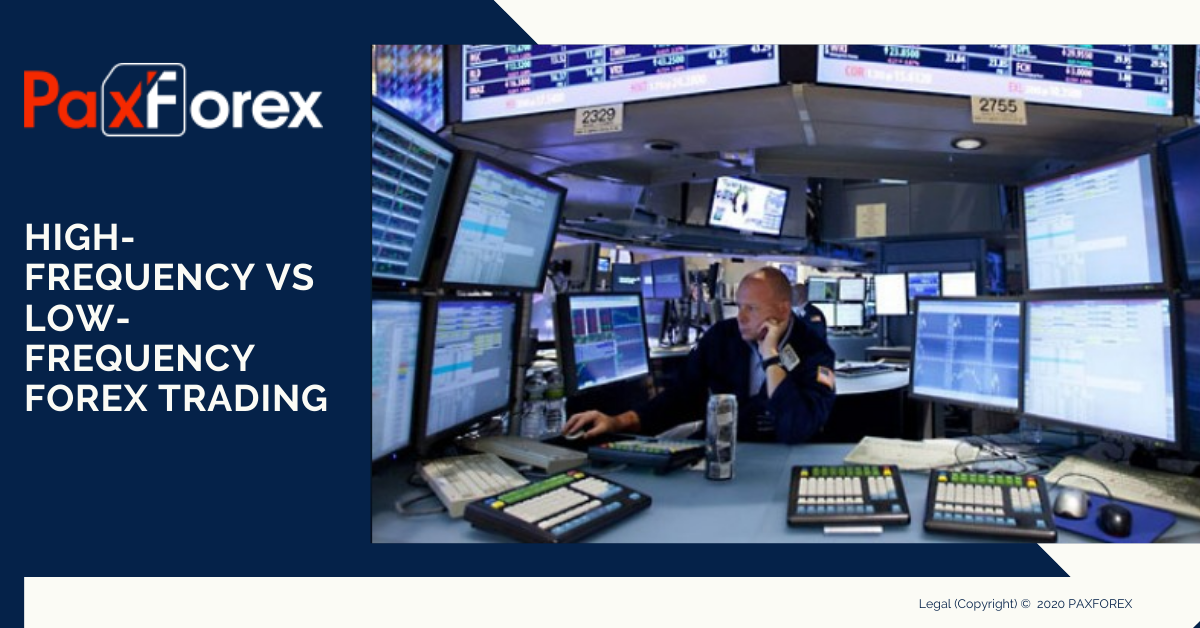
The growth of high-frequency (HFT) trading is one particular aspect of a broader trend in the foreign exchange market, brought about by advances in information technology and the spread of electronic trading. The advent of electronic broking/trading in the 1990s revolutionized the inter-dealer market. One of the defining characteristics that set high frequency trading players apart from other algo decisionmakers is the high speed with which they detect and act on profitable trading opportunities in the marketplace.
High-frequency trading HFT is a type of algorithmic trading characterized by high speeds, high turnover rates, and high order-to-trade ratios that leverages high-frequency financial data and electronic trading tools. While there is no single definition of HFT, among its key attributes are highly sophisticated algorithms, specialized order types, co-location, very short-term investment horizons, and high cancellation rates of orders. Specifically, it is the use of sophisticated technological tools and computer algorithms to rapidly trade securities.
Low frequency trading involves a trader or an investor taking a long-term perspective in a forex pair(s) and holding that decision for a long period of time. This time period lasts for months, a year, or even more. Basic strategies used for low frequency trading involves the use of technical analysis with long period charts, such as those which show months and years. Carry trades are one of the most famous strategies; these involve using a pair which provides the most interest rate to the investor. Macroeconomic perspectives and geopolitical forces are also used for low frequency trading.
Statistics show that high frequency traders make far less profits than low frequency ones. The forex market involves trillions of dollars of trades every day, most of which are done by large organizations conducting their business and not following market trends. This produces a lot of senseless noise which cannot be understood by traders. When one takes a long-term perspective, market noise is reduced and strategies (especially those involving technical analysis) become more robust.
If you are a trader who does not want a lot of stress, low frequency trading is for you. Those who watch markets all day can watch their trades suffer heavy losses and experience high profits, and become concerned by it. There is a large consensus that trading can become as addictive and destructive as gambling, and this is largely true for high frequency trading. You can watch your trades double or triple in size within seconds or minutes, and soon you will try to get those gains again and again.







